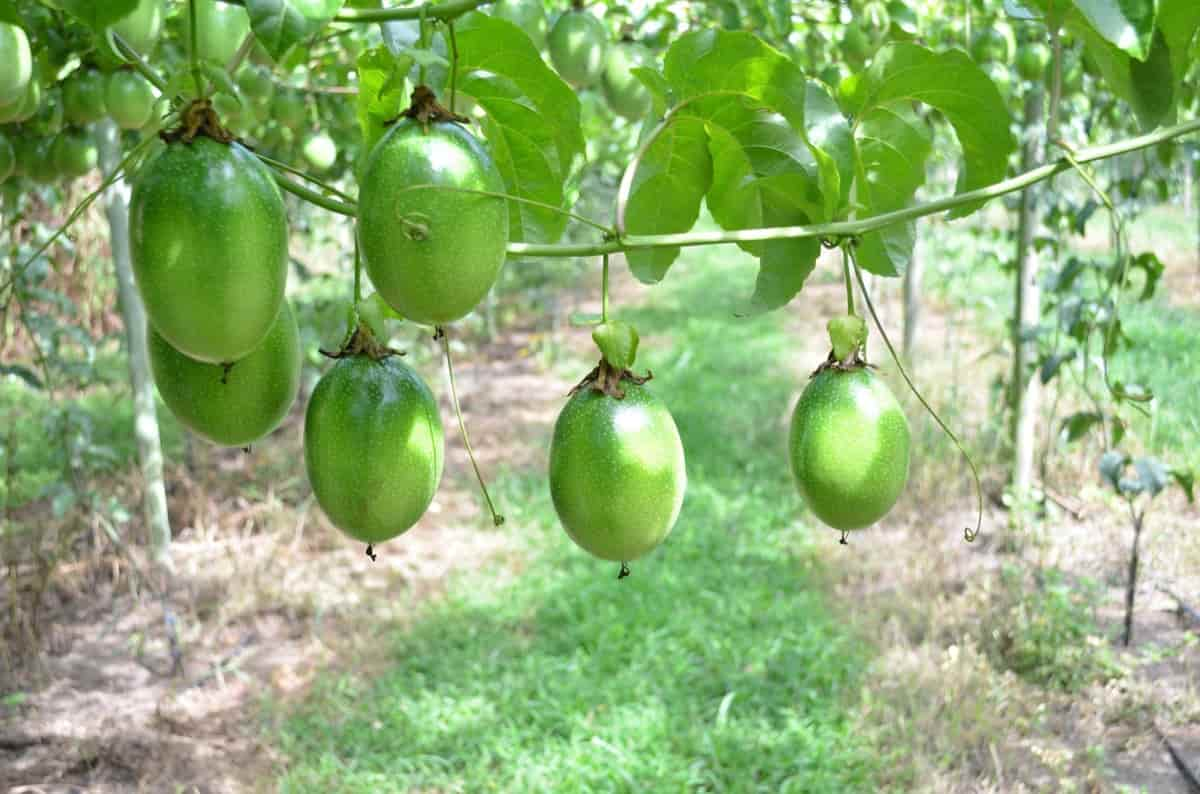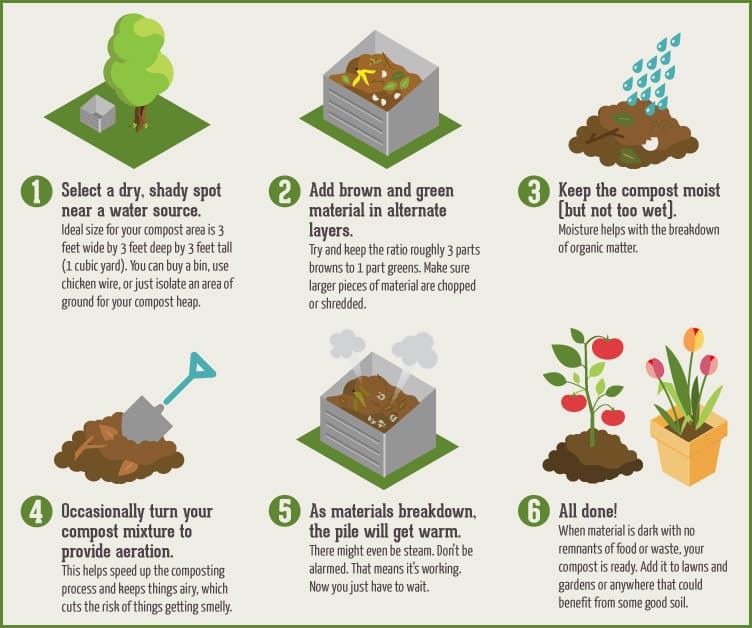How to Make Bone Meal Fertilizer at Home
Are you looking for a natural and cost-effective way to boost the growth of your plants? Why not try making your own bone meal fertilizer at home! Bone meal is a great source of phosphorus and calcium, which are essential nutrients for healthy plant growth. In this article, we will guide you through the process of making bone meal fertilizer right in your own kitchen.
What You’ll Need
- Bones (chicken, beef, or fish)
- Large pot with lid
- Water
- Vinegar
- Baking sheet
- Blender or food processor
Step 1: Collecting Bones
Start by collecting bones from your kitchen. You can use leftover bones from meals such as roasted chicken, beef steak, or fish. Make sure to clean the bones thoroughly to remove any remaining meat or tissue.
Step 2: Boiling Bones
Place the cleaned bones in a large pot and cover them with water. Add a splash of vinegar to help extract the nutrients from the bones. Bring the water to a boil, then reduce the heat and simmer for several hours until the bones are soft and can easily be crushed.
Step 3: Drying and Grinding
Once the bones are soft, remove them from the water and let them dry completely. This can take a few days, depending on the size of the bones. Once the bones are dry, use a blender or food processor to grind them into a fine powder.
Step 4: Applying the Bone Meal Fertilizer
Now that you have your homemade bone meal fertilizer, it’s time to apply it to your plants. Simply sprinkle the powdered bone meal around the base of your plants and gently work it into the soil. Water your plants well after applying the fertilizer to help the nutrients penetrate the roots.
Tips for Using Bone Meal Fertilizer
- Avoid over-applying bone meal fertilizer, as it can lead to nutrient imbalances in the soil.
- Store your homemade bone meal fertilizer in a cool, dry place to prevent it from clumping together.
- Use caution when handling bone meal, as it may attract animals looking for a snack.
By following these simple steps, you can create your own bone meal fertilizer at home and give your plants the nutrients they need to thrive. Not only is it an eco-friendly option, but it’s also a budget-friendly alternative to store-bought fertilizers. Give it a try and see the difference it makes in your garden!



